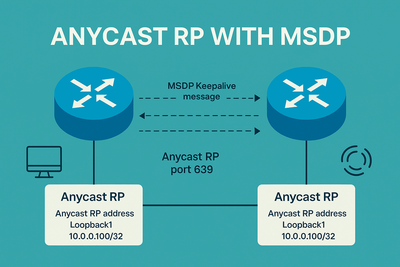On this page
Whether you're setting up a home lab, provisioning virtual machines, or simulating enterprise networks, having your own DHCP server can make things a lot easier. In this guide, I’ll show you how to manually install and configure an ISC DHCP server on Ubuntu, step-by-step.
We'll also walk through a Bash script you can use to automate the process—ideal for reproducible labs or automated testing environments.
What is DHCP?
DHCP stands for Dynamic Host Configuration Protocol. It automatically assigns IP addresses and network parameters (like subnet mask, default gateway, and DNS servers) to devices in a network—saving you from manually configuring each one.
Prerequisites
To follow along, you'll need:
- A machine running Ubuntu (any recent LTS version should work fine)
sudoaccess or root privileges- A network interface available for DHCP service (e.g.
ens4,eth0, etc.) - Internet access to install packages
Step-by-Step Manual Setup
1. Update Your System
sudo apt update && sudo apt upgrade -y
2. Install the ISC DHCP Server
sudo apt install -y isc-dhcp-server
This package provides a robust DHCP server used widely in Linux environments.
3. Configure the DHCP Server
Edit the main configuration file:
sudo nano /etc/dhcp/dhcpd.conf
Paste in a basic configuration like this:
option domain-name "localdomain";
option domain-name-servers 8.8.8.8;
default-lease-time 600;
max-lease-time 7200;
authoritative;
subnet 192.168.18.0 netmask 255.255.255.0 {
range 192.168.18.10 192.168.18.50;
option routers 192.168.18.1;
option subnet-mask 255.255.255.0;
option broadcast-address 192.168.18.255;
}
Adjustsubnet,range, androutersto suit your network layout.









